Related Research Articles

Bryn Mawr College is a women's liberal arts college in Bryn Mawr, Pennsylvania. Founded as a Quaker institution in 1885, Bryn Mawr is one of the Seven Sister colleges, a group of historically women's colleges in the United States. It is one of 15 Quaker colleges in the United States. The college has an enrollment of about 1,350 undergraduate students and 450 graduate students. It was the first women's college to offer graduate education through a PhD.

Martha Carey Thomas was an American educator, suffragist, and linguist. She was the second president of Bryn Mawr College, a women's liberal arts college in Bryn Mawr, Pennsylvania.
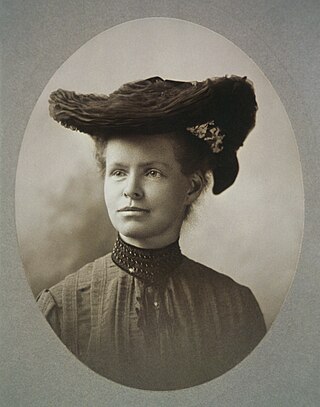
Nettie Maria Stevens was an American geneticist who discovered sex chromosomes. In 1905, soon after the rediscovery of Mendel's paper on genetics in 1900, she observed that male mealworms produced two kinds of sperm, one with a large chromosome and one with a small chromosome. When the sperm with the large chromosome fertilized eggs, they produced female offspring, and when the sperm with the small chromosome fertilized eggs, they produced male offspring. The pair of sex chromosomes that she studied later became known as the X and Y chromosomes.
Nancy J. Vickers is an American educator and college administrator. She was the seventh president of Bryn Mawr College in Bryn Mawr, Pennsylvania (1997–2008).
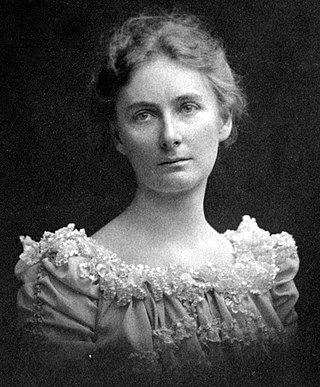
Florence Bascom was an American pioneer for women as a geologist and educator. Bascom became an anomaly in the 19th century when she earned two bachelor's degrees. Earning a Bachelor of Arts in 1882, and a Bachelor of Science in 1884 both at the University of Wisconsin. Shortly after, in 1887, Bascom earned her master's degree in geology at the University of Wisconsin. Bascom was the second woman to earn her PhD in geology in the United States, in 1893. Receiving her PhD from Johns Hopkins University, this made her the first woman to earn a degree at the institution. After earning her doctorate in geology, in 1896 Bascom became the first woman to work for the United States Geological Survey as well as being one of the first women to earn a master's degree in geology. Bascom was known for her innovative findings in this field, and led the next generation of female geologists. Geologists consider Bascom to be the "first woman geologist in America".
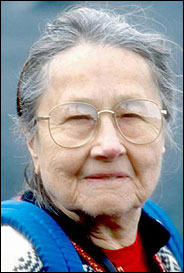
Frederica ("Freddy") Annis Lopez de Leo de Laguna was an American ethnologist, anthropologist, and archaeologist influential for her work on Paleoindian and Alaska Native art and archaeology in the American northwest and Alaska.
Rhonda Jo Hughes is an American mathematician, the Helen Herrmann Professor Emeritus of Mathematics at Bryn Mawr College.
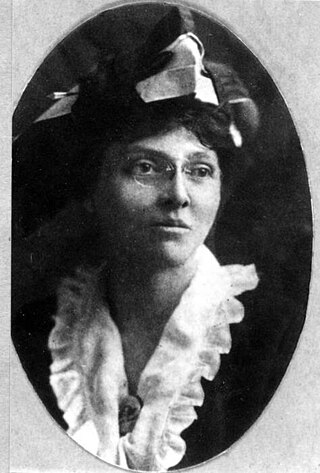
Eleanora Frances Knopf was an American geologist who worked for the United States Geological Survey (USGS) and did research in the Appalachians during the first two decades of the twentieth century. She studied at Bryn Mawr College, and earned a bachelor's degree in chemistry, a master's degree in geology, and a Ph.D. in geology in 1912. She was the first American geologist to use the new technique of petrography which she pioneered in her life's work - the study of Stissing Mountain.
Sharon Mosher is an American geologist. She did her undergraduate work at University of Illinois Urbana-Champaign. After earning an MSc from Brown University, she returned to the University of Illinois to get her PhD in Geology in 1978. Since 2001 she has held the William Stamps Farish Chair at University of Texas, and, since 2009 she has served as the dean of the Jackson School of Geosciences at Texas. In 2013 she became the president of the American Geosciences Institute.
Isabel Patricia Montañez is a paleoclimatologist specializing in geochemical records of ancient climate change. She is a distinguished professor and a Chancellor's Leadership Professor in the department of earth and planetary sciences at University of California, Davis. As of 2021, Montañez is the director of the UC Davis Institute of the Environment.
Jane Marion Oppenheimer (1911–1996) was an American embryologist and historian of science.
Dorothy Carroll (1907–1970) was an Australian geologist.

Alice Mary Dowse Weeks was an American geologist. Weeksite is named after her. She identified uranophane in 1953 along with Mary E. Thompson. Weeks was the first to propose the concept of oxidation of ore deposits that contain uranium, vanadium, and other accessory metals. She founded the Geology Department at Temple University in Philadelphia, and was a strong proponent of women in geology.

Enid Cook de Rodaniche (1906-1988?) was an American virologist and bacteriologist. She was the Chief of the Public Health Laboratory at the Instituto Conmemorativo Gorgas in Panama City, Panama where she was the first person to isolate the yellow fever virus in Panama, and, along with her physician husband Arcadio Rodaniche, identified and characterized the viral strain responsible for an outbreak of polio in Panama in 1950–51. She was on the founding faculty of the University of Panama School of Medicine. She was the first Black student to graduate from Bryn Mawr College, majoring in chemistry and biology. The Enid Cook '31 Center at Bryn Mawr College is named for her, and the Dr. Enid Cook de Rodaniche Medal is awarded by the Rotary Club of Panama for work in virology.
Nancy L. Ross is an American geoscientist. She is a professor of mineralogy at Virginia Tech and former head of Department of Geosciences in College of Science.
Chi Jishang was a Chinese geologist, petrologist, and a member of the Chinese Communist Party. She is a pioneer in petrofabric studies in China, primarily known for her work on kimberlite diamond deposits. She was the first scientist to propose a formula that can help identify which kimberlites contain diamonds.
Isabel Fothergill Smith was a geology professor from Greeley, Colorado. She studied geology at Bryn Mawr College under her mentor Florence Bascom. Smith published various articles as a student and a memoir on Bascom later during her retirement. Beginning her career as an associate professor of geology at Smith College, Isabel later became the first dean of Scripps College, a prestigious women's liberal arts college.
Helen Morningstar was a geologist and paleontologist from Columbus, Ohio. She was born on September 23, 1891, and was an instructor for Ohio State University from 1917 to 1922. She died on July 31, 1951, at the age of 59 due to health complications.
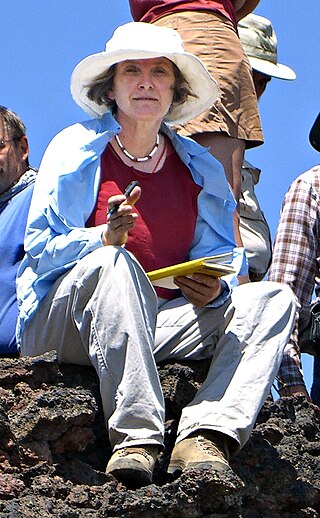
Anita Lizzie Grunder is geologist known for her research on volcanic rocks and defining changes in volcanism over geologic eras. She is an elected fellow of the Geological Society of America.
References
- 1 2 3 4 5 "AWG's Crawford Field Camp Scholarships". nagt.org. Retrieved 2016-12-02.
- 1 2 "Maria Luisa Crawford — MacArthur Foundation". www.macfound.org. Retrieved 2016-12-02.
- 1 2 3 4 5 6 7 8 "Woodrow Wilson National Fellowship Foundation | Crawford, Maria Luisa". woodrow.org. Retrieved 2016-12-02.
- ↑ Gates, Alexander (2003). A to Z of Earth Scientists. New York: Facts on File, Inc. p. 63. ISBN 978-0-8160-4580-8.
- ↑ "GEON: Geosciences Network | Advanced CyberInfrastructure Development". acid.sdsc.edu. Retrieved 2016-12-02.
- ↑ "Science and Technology Newsletter :: April 2003". www.brynmawr.edu. Archived from the original on 2013-10-20. Retrieved 2016-12-02.
- ↑ "Petrology research at BMC". www.brynmawr.edu. Retrieved 2016-12-02.
- 1 2 3 4 5 "RESUME". www.brynmawr.edu. Retrieved 2016-12-02.